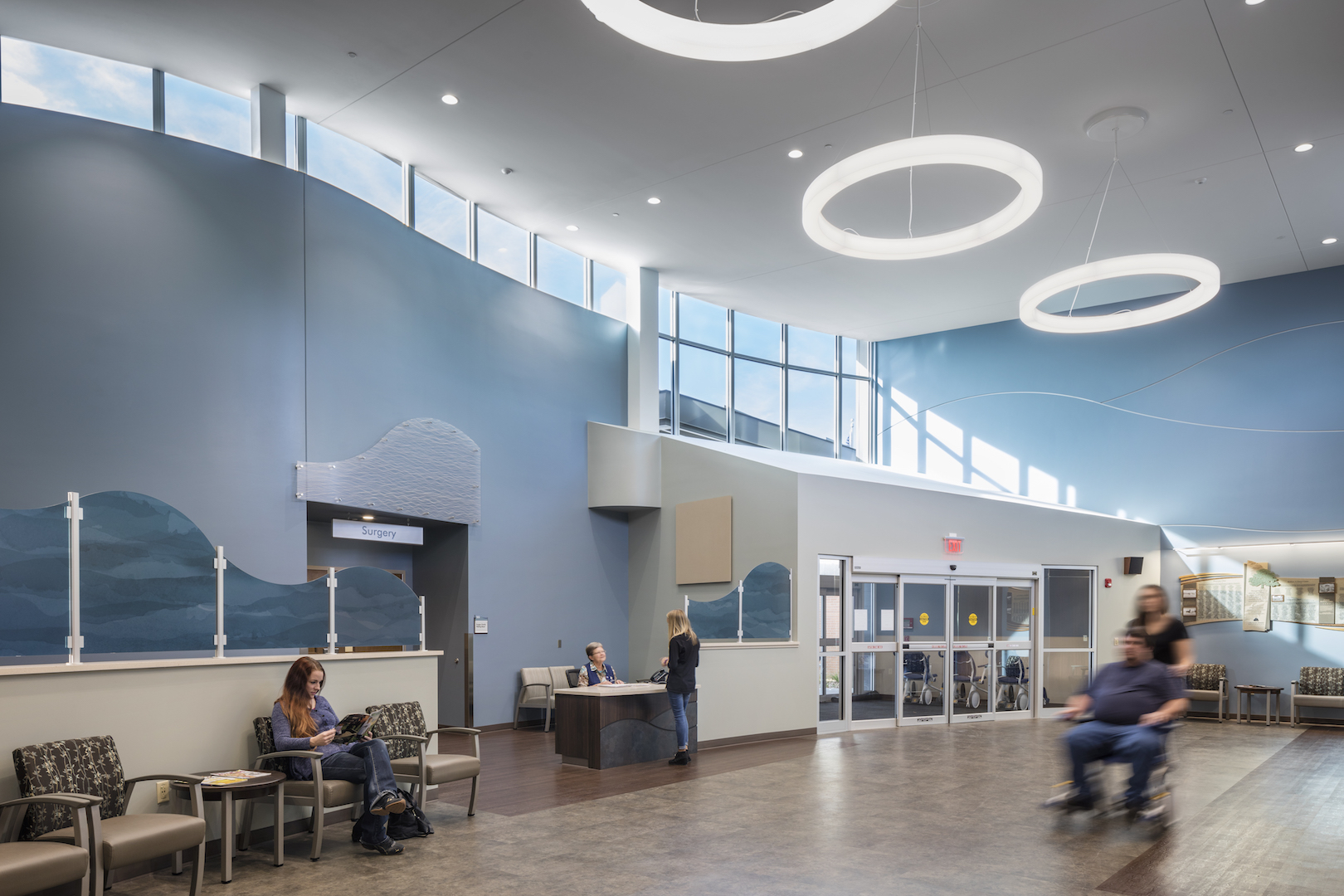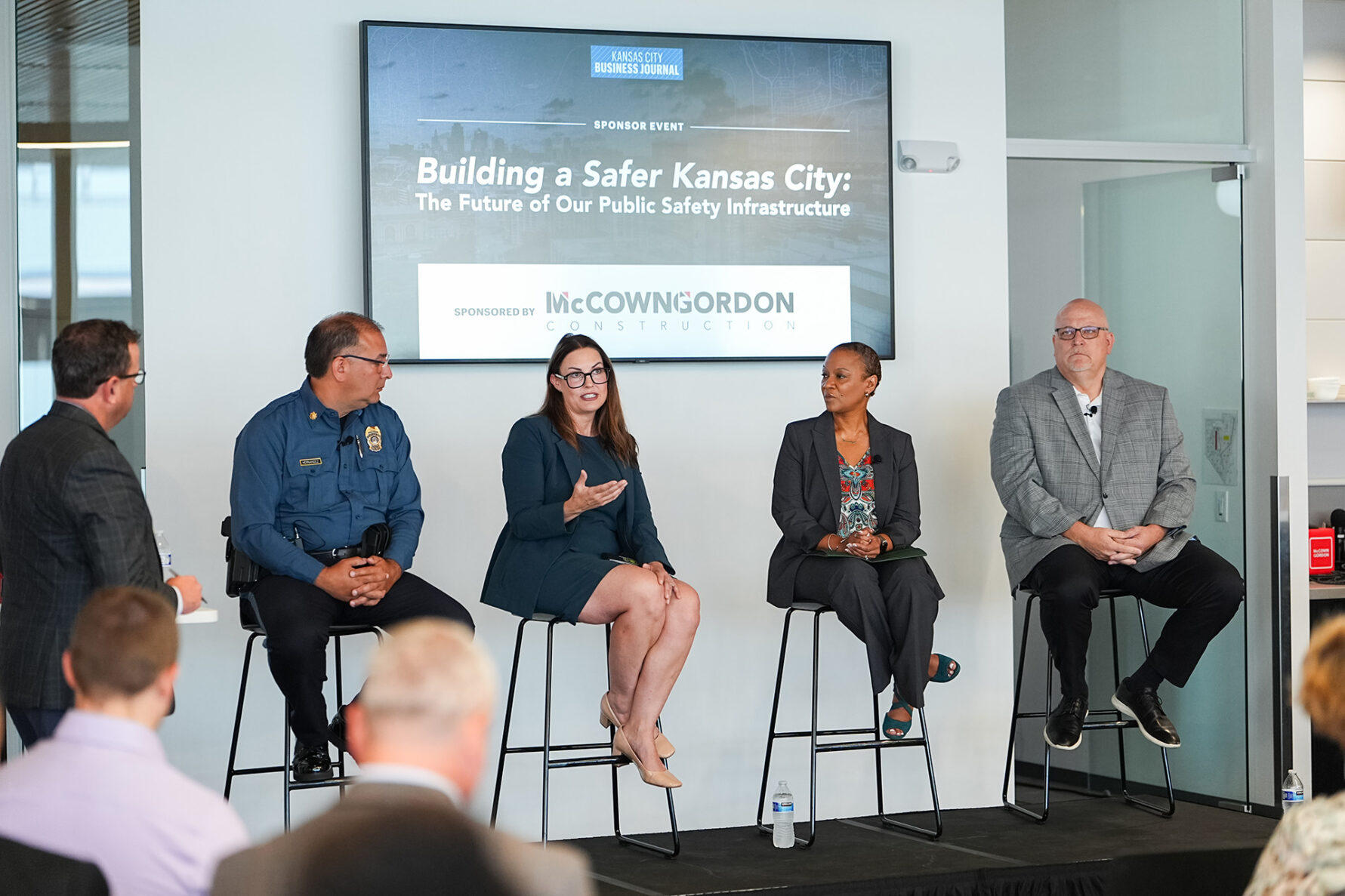Medical Construction & Design Magazine: Build New or Renovate?

As the U.S. healthcare landscape adjusts to outcome-based reimbursement, lower Medicare and Medicaid reimbursements, shifts in population trends and the drive toward more efficient operations, hospitals are faced with the decision to build new facilities or renovate existing ones.
Large hospitals and health systems in urban areas must deal with heightened competition. Rural hospitals in locations with aging populations struggle to keep their doors open. Whether urban or rural, many institutions feel pressured to “do more with less.”
Amid the myriad challenges, many hospitals need to upgrade their facilities and find themselves asking whether they need to renovate and rehabilitate existing spaces or build a completely new facility. There are many factors to consider while facing these crucial decisions for their institutions.
What needs to be upgraded and/or enhanced?
There are many changes that decision-makers can consider in their hospital to make sure the facilities are up-to-date. Here are some of the common changes being considered:
- Patient rooms. Larger patient rooms offer a variety of benefits that tend to promote healing. With a larger room, it becomes more feasible for a patient’s family members to spend the night. Rooming in by family members can help reduce recovery time and can take some pressure off hospital staff members.
Other benefits of larger patient rooms include: - Accommodate the latest medical technologies
- Promote greater patient privacy
- Help prevent infections
- Provide a pleasing experience for patients and their families
Outpatient care facilities/medical office buildings. In recent years, the industry has seen an increase in medical services being performed in an outpatient setting, as hospitalized inpatient visits have fallen. Complex procedures and surgeries now are possible in outpatient facilities due to new medical technologies, such as minimally invasive surgical techniques, new anesthesia and pain control techniques that prevent complications and allow patients to return home more quickly.
At the forefront of outpatient care today is the medical office building. Research by Certified Commercial Investment Member Institute indicates that doctors find benefits in occupying shared facilities, such as a MOB and more of these types of outpatient care facilities are sprouting up across the country. For many, building a new MOB offers clear advantages:
- MOBs are typically less costly to construct than inpatient facilities
- MOBs offer a way for healthcare systems to engage patients in the setting that patients prefer
It can be more efficient to engage patients in the outpatient environment of MOBs where the delivery of services can be streamlined, compared to delivery in a traditional hospital setting
Free-standing emergency departments. In 2009, there were roughly 200 free-standing emergency departments nationwide. Today, there are more than 400. Many have taken root in suburban areas and are creating local alternatives for communities. In addition, these facilities present a viable alternative for rural hospitals that have been forced to cut back on inpatient care.
Several key factors are driving the growth of freestanding emergency departments including improved access in rural areas, greater convenience when these facilities are located close to residential areas and lower cost to construct since these facilities are typically faster and less costly to build than a full-service hospital.
Factors to consider
Once the decision to upgrade/enhance has been made, but before making any major construction decisions for the future regarding renovation or new build, hospitals of all sizes and locations must consider factors such as:
Existing infrastructure. One of the most important factors to consider when making a choice is the condition of the existing infrastructure. This can be determined through a facility condition index, an engineering evaluation of HVAC systems, plumbing, major mechanical equipment and electrical systems. Whether talking about infrastructure related to power, data, heating and cooling or any other area of hospital operations, the most crucial consideration is reliability. If the equipment is not reliable it should be replaced. If the existing facility can accommodate replacement infrastructure, renovation may be the choice; however, the demands of modern systems may drive the choice to build new.
Financial resources. Obviously, the financial resources available to renovate or build new are going to have the most significant impact on the choice a hospital or healthcare system will make.
Generally, it costs more to build a new facility than it does to renovate an existing one. However, renovations in departments such as highly complex surgical spaces, or major acute care projects with a hospital at full census can end up costing as much as replacements and require drawn-out inconveniences to operations.
Hospitals must also consider operating costs and how the choice to renovate or build new could impact them. Boilers more than 40 years old can’t match the efficiency of a modern boiler system, which takes fewer man hours to operate and uses less energy. Although, when an institution wants to renovate in its current home, it may be difficult to obtain funding for such upgrades.
Free-standing emergency departments. In 2009, there were roughly 200 free-standing emergency departments nationwide. Today, there are more than 400. Many have taken root in suburban areas and are creating local alternatives for communities. In addition, these facilities present a viable alternative for rural hospitals that have been forced to cut back on inpatient care.
Several key factors are driving the growth of freestanding emergency departments including improved access in rural areas, greater convenience when these facilities are located close to residential areas and lower cost to construct since these facilities are typically faster and less costly to build than a full-service hospital.
Factors to consider
Once the decision to upgrade/enhance has been made, but before making any major construction decisions for the future regarding renovation or new build, hospitals of all sizes and locations must consider factors such as:
Existing infrastructure. One of the most important factors to consider when making a choice is the condition of the existing infrastructure. This can be determined through a facility condition index, an engineering evaluation of HVAC systems, plumbing, major mechanical equipment and electrical systems. Whether talking about infrastructure related to power, data, heating and cooling or any other area of hospital operations, the most crucial consideration is reliability. If the equipment is not reliable it should be replaced. If the existing facility can accommodate replacement infrastructure, renovation may be the choice; however, the demands of modern systems may drive the choice to build new.
Financial resources. Obviously, the financial resources available to renovate or build new are going to have the most significant impact on the choice a hospital or healthcare system will make.
Generally, it costs more to build a new facility than it does to renovate an existing one. However, renovations in departments such as highly complex surgical spaces, or major acute care projects with a hospital at full census can end up costing as much as replacements and require drawn-out inconveniences to operations.
Hospitals must also consider operating costs and how the choice to renovate or build new could impact them. Boilers more than 40 years old can’t match the efficiency of a modern boiler system, which takes fewer man hours to operate and uses less energy. Although, when an institution wants to renovate in its current home, it may be difficult to obtain funding for such upgrades.
No one-size-fits-all solution
As hospitals and health systems map out their futures and decide whether to renovate or build new, it is important to note that the decision is individual to the facility and there is no easy, one-size-fits-all approach. Each hospital faces a unique set of circumstances; however, a list of basic pros and cons to build new or to renovate may prove helpful.
One final note: After all the factors have been weighed and measured, it is crucial to seek community input before a final decision is made. Patients and communities grow attached to hospitals and hospital buildings. Seeking community input and support will help smooth the path of whatever course of action is chosen.
Want to stay up-to-date with what’s happening in healthcare from our industry experts? Sign up for our healthcare newsletter.




